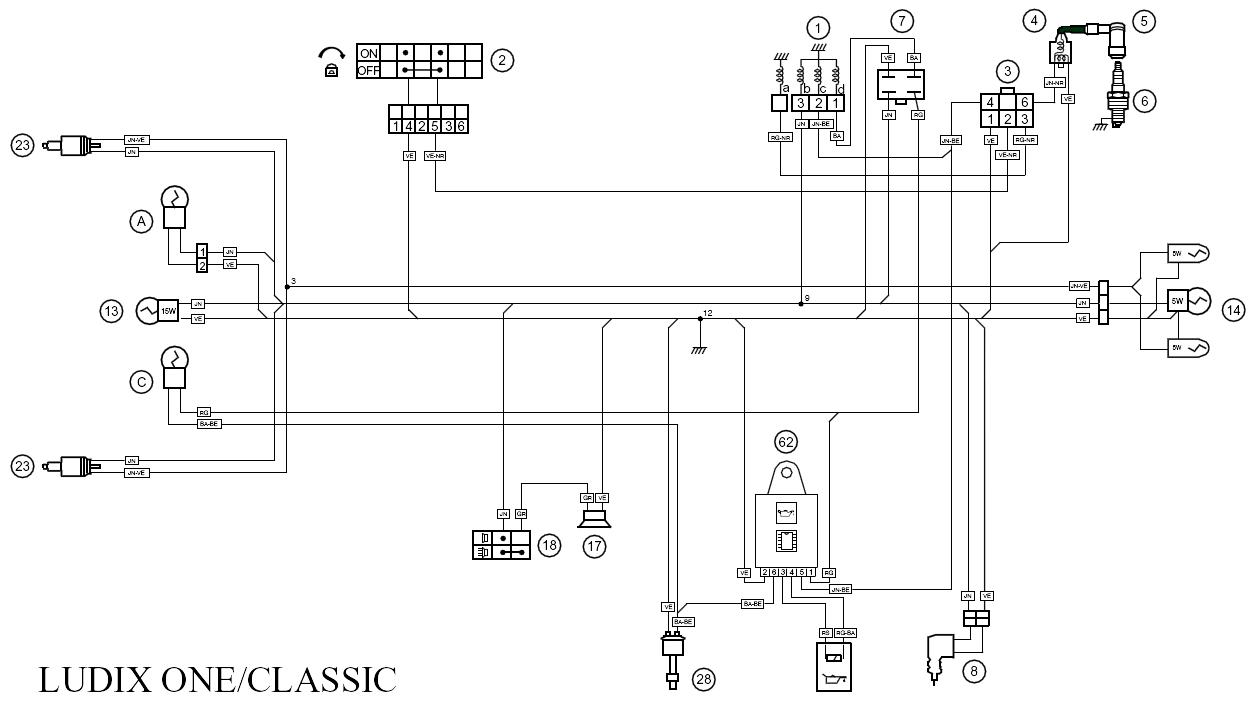

Cummins is actively working with major OEMs to integrate the engine. of torque and will have a similar physical footprint as its existing 12L natural gas engine - but it weighs less than the existing 12L natural gas engine and about 500 pounds less than a comparable diesel engine. The Cummins X15N will offer ratings up to 500 hp and 1,850 ft-lbs. "Cummins has received overwhelmint interest in the 15-liter platform as a renewable fuels engine option." "To date, Cummins has produced over 24,000 renewable natural gas engines, which provide immedaite carbon-negative benefits for the environment," said Tom Swenson, Cummins manager of global regulatory affairs, during a press conference. This engine offers reduced package size and weight compared to diesel, and power and torque curves almost identical to diesel, according to the company. Nearer term, the natural-gas version of the 15L, the X15N, can help customers reach net-zero GHG emissions when paired with renewable natural gas and reduce NOx emissions, according to Cummins. The energy storage includes seven hydrogen fuel tanks with a total of 32 kg of compressed hydrogen gas at 350 bar, and it is equipped with seven high-voltage batteries, each with 53.4 kWh of capacity providing a range of approximately 200 miles. As the vehicle is driven, the system operates the Cummins dual HD90 Fuel Cell Engines to dynamically manage the charge of the high-voltage batteries as required by the power load demands of vehicle operation. The electric motor is powered by high-voltage batteries and fuel cell engines. The demonstrator truck uses a fuel cell electric powertrain that replaces a conventional internal combustion engine. The truck was designed with vocational applications in mind, such as regional haul, urban delivery, port drayage, and terminal container handling.Ĭummins' demonstrator truck features seven hydrogen fuel tanks and seven high-voltage batteries. Cummins and Daimler Truck North America announced they are collaborating to upfit and validate Freightliner Cascadia trucks with a Cummins hydrogen fuel cell powertrain for use in North America.Ī Cummins demonstrator truck at ACT Expo featured a fuel-cell and battery-electric power system.

However, that doesn’t mean Cummins is slowing down its hydrogen fuel-cell development. Hydrogen internal combustion engines can use zero-carbon fuel at a lower initial price than a fuel-cell or battery-electric vehicle with little modification to today's vehicles, Cummins said. “While use cases for battery-electric and fuel-cell-electric powertrains are promising, the pairing of green hydrogen in the proven technology of internal combustion engines provides an important complement to future zero-emissions solutions.” “Reducing well-to-wheels carbon emissions requires innovation of both energy sources and power solutions,” said Srikanth Padmanabhan, president of Cummins’ engine business. “These engines look like engines, they sound like engines, and fit where engines normally fit.”Ĭummins said key is pairing the engine with clean, zero-carbon hydrogen fuel.

“Our customers are responding favorably to this practical technology,” said Jim Nebergall, general manager, hydrogen engines.
:no_upscale()/cdn.vox-cdn.com/uploads/chorus_asset/file/3493588/twelve-minutes-screenshot-01_1432.0.jpg)
Cummins intends to produce hydrogen internal combustion engines in both the 15L and 6.7L displacements, believing that these engines enable the industry to reduce GHG emissions in this decade. The engine will be a zero-carbon fueled solution for multiple markets.


 0 kommentar(er)
0 kommentar(er)
